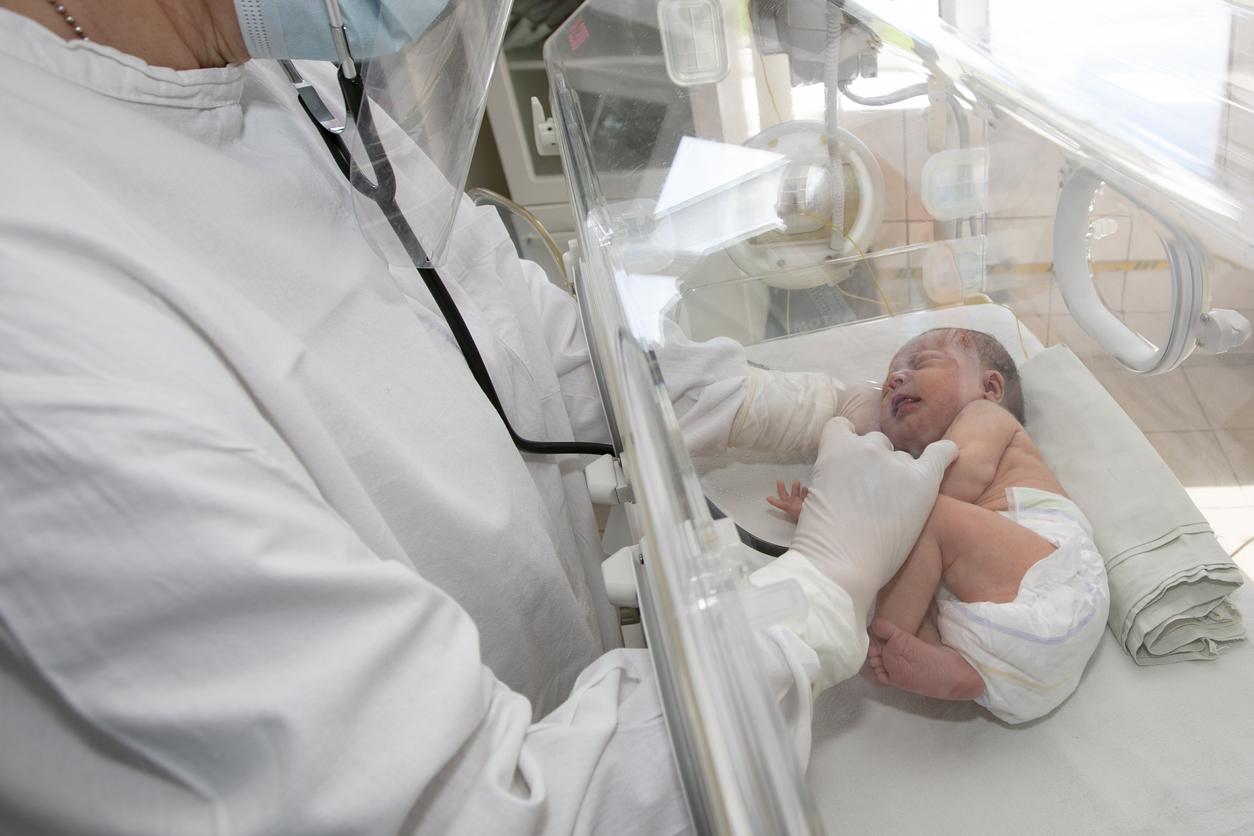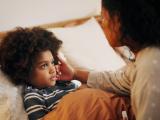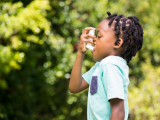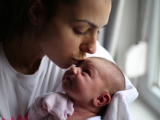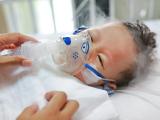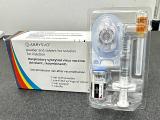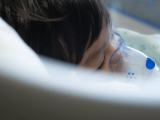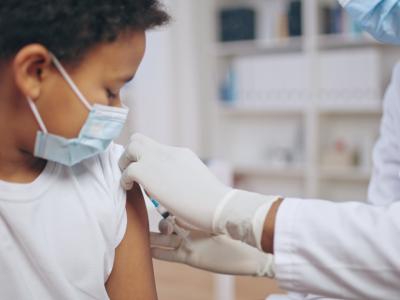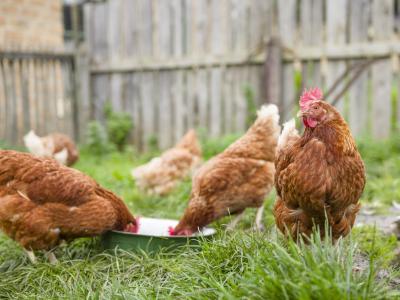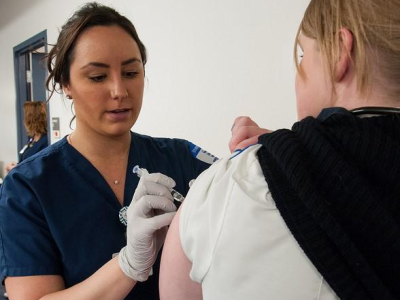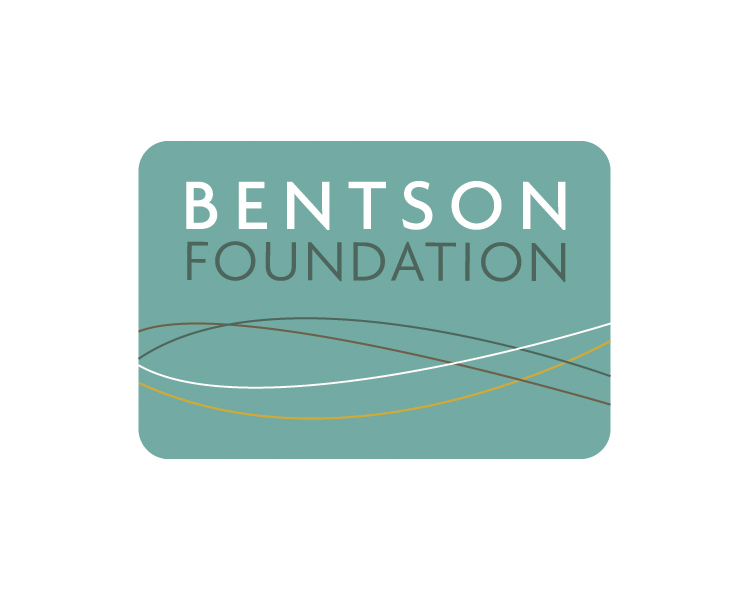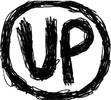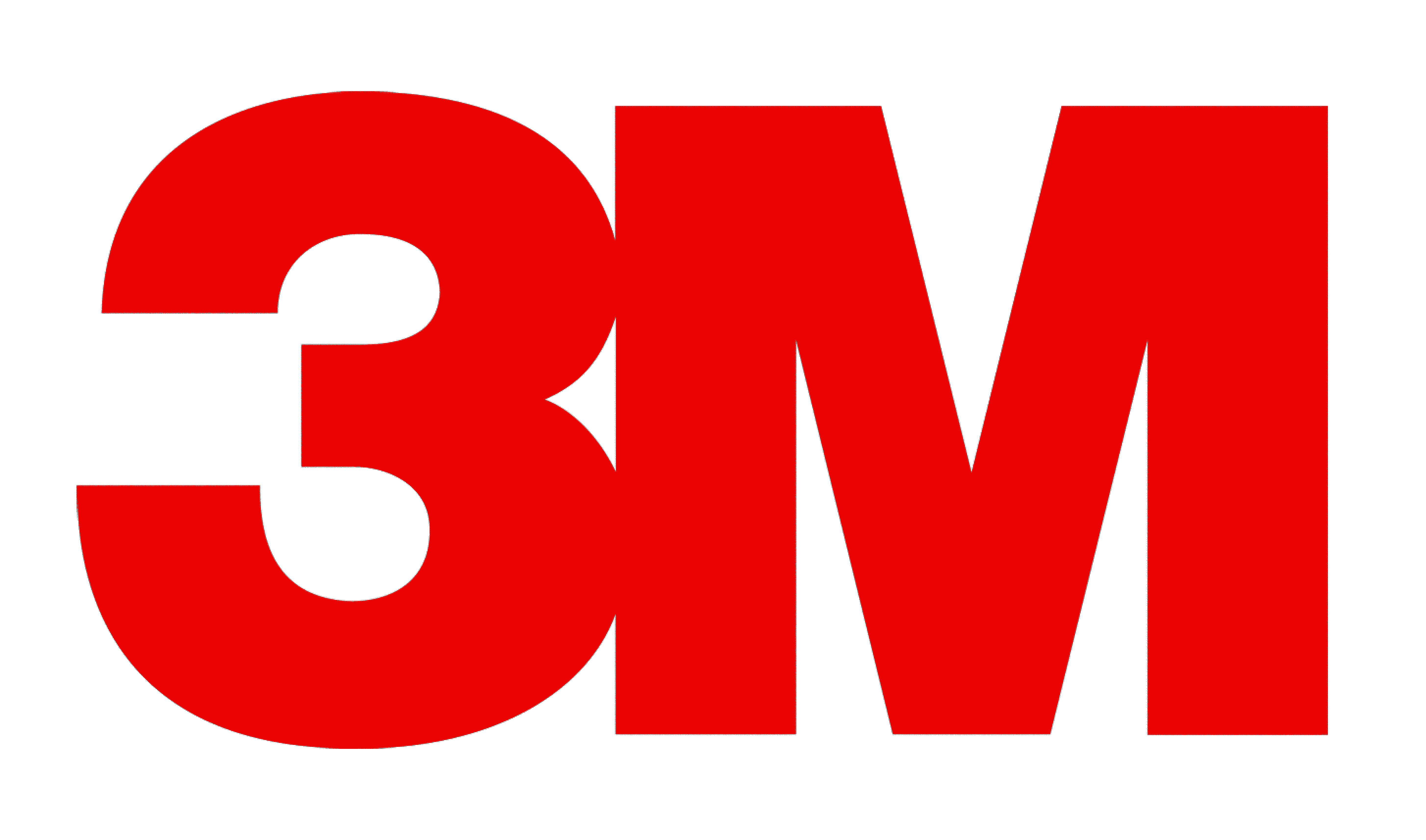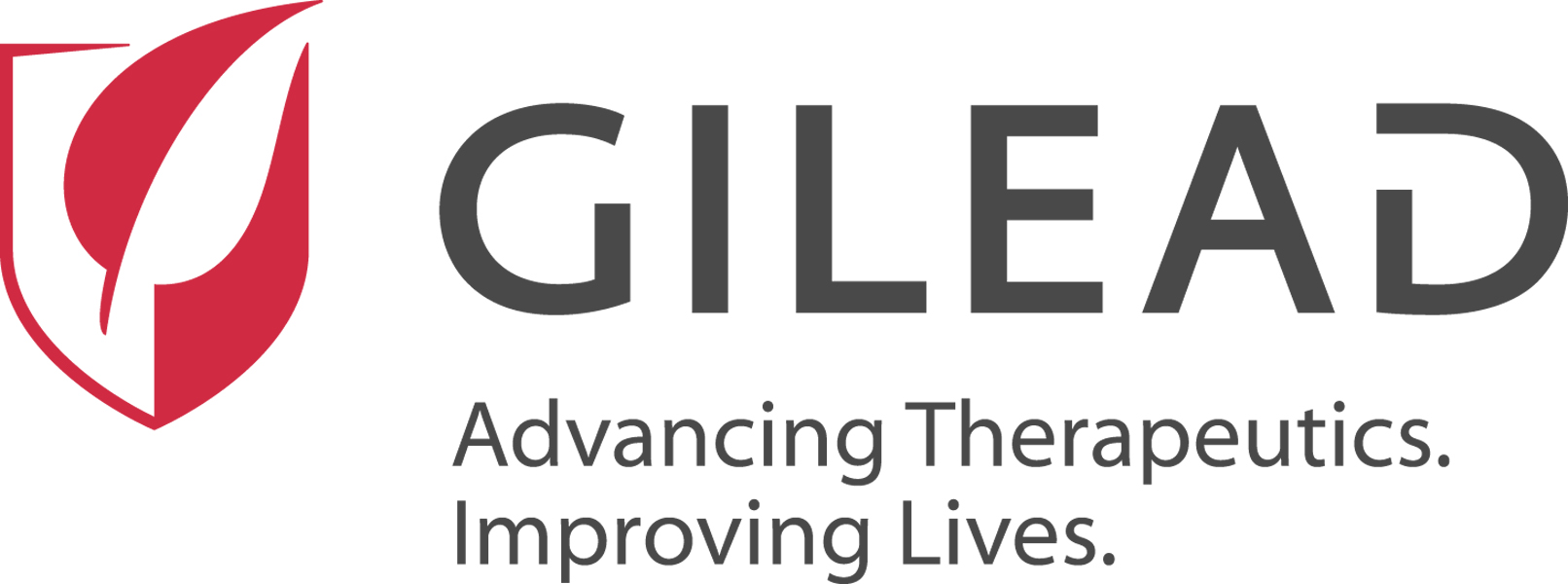The first look at uptake of two new tools for protecting newborns against respiratory syncytial virus (RSV) during the first year they were recommended found that coverage in the United States was low, with only 29% of infants receiving either the preventive monoclonal antibody shot (nirsevimab) or benefitting from maternal RSV vaccination, though coverage varied greatly by state, a research team from the US Centers for Disease Control and Prevention (CDC) reported this week.
RSV is the leading cause of hospitalization in US infants, and in August 2023, the CDC’s vaccine advisory group recommended nirsevimab (Beyfortus) for all infants younger than 8 months old entering their first RSV season. A month later, the group recommended one dose of the Pfizer’s Abrysvo RSV vaccine for pregnant women at 32 to 36 weeks gestation during September to January to provide maternal antibodies against the virus to protect infants younger than 6 months old.
The launch of monoclonal antibody shots and maternal RSV vaccination in the United States and other countries over the last few years have led to decreased hospitalization rates in infants. In a related development, Italian investigators this week reported that nirsevimab was 89% effective in preventing RSV-associated hospitalization in infants under 12 months of age during the last respiratory virus season, based on data from seven of the country’s pediatric hospitals.
State variations, timing tracking
In the new study, CDC researchers based their findings on immunization system and live-birth data from 33 states and the District of Columbia on infants born between October 2023 and March 2024. The team published their findings yesterday in the latest issue of Morbidity and Mortality Weekly Report.
Of the 29% who got the extra protection from RSV, 18.5% received it through nirsevimab and 10.4% got it through maternal vaccination. Overall coverage ranged from 10.8% in Nevada to 53.1% in Vermont. Nirsevimab coverage ranged from 6.5% in Nevada to 34.9% in Alaska, and maternal vaccination coverage was lowest in Mississippi at 1% and highest in Minnesota at 21.8%.
When the team examined timing, they found that the largest percentage of nirsevimab was administered in December, January, and February. Of those receiving the shot, 38.1% received it during the first 6 days of life and 30.4% got it between 7 days and 1 month. Babies born toward the end of the respiratory virus season were more likely to receive their dose even sooner, within the first 3 days of life, which researchers said could reflect supply improvements as the season progressed.
Shortages, unfamiliarity may have led to low rates
The CDC said several factors may have contributed to the low uptake, including nirsevimab shortages early in the first season it was available. Patients and providers may not have been very familiar with the monoclonal antibody or maternal RSV vaccination recommendations. Also, they added that cost concerns could have played a role, as insurance coverage adapted to the new recommendation.
The authors said the findings can serve as a baseline to help guide immunization strategies in future respiratory virus seasons and that more efforts are needed to increase infant protection with the two strategies. They noted that the CDC’s Advisory Committee on Immunization (ACIP) recommendation in June of a second RSV monoclonal antibody for babies, clesrovimab, could help boost access and increase coverage rates.
